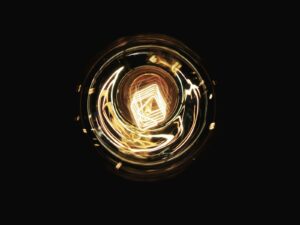Researchers at the University of Surrey have created a new method to track and label nanoparticles which could help to improve our understanding of plastic pollution.
While there has been growing awareness of the dangers of visible plastic pollution to marine life, nano-particles, meaning particles that are at least one dimension below μm are thought to be even more dangerous as unseen, smaller animals and fish can ingest them.
Nano-particles are released into the environment directly by commercial products and by the breakdown of larger pieces of plastic rubbish.
In a bid to increase understanding of the harm that these particles are having on marine life, the researchers have created a new one-step polymerization method to label nano-polystyrene directly on the carbon backbone of plastic.
The method uses 14C-styrene and requires minimal reagents and equipment to create nano-particles in a wide range of sizes for use in simulated lab environments.
The team has used their new method to produce and investigate the behaviour of nano-plastics at low concentrations in a variety of scenarios – including in bivalve mollusc.
Dr Maya Al Sid Cheikh, co-author of the study and Lecturer in Analytical Chemistry at the University of Surrey, said: ‘The truth is that the scientific community knows little about the effects and behaviour of nano-plastics in our environment because it’s extraordinarily difficult to detect, track and measure such minute particles.
‘Our new, simple method is a step in the right direction for correcting this knowledge gap as it allows researchers to replicate scenarios in which commercially produced nano-particles have customarily gone unnoticed.’
Photo Credit – University of Surrey













